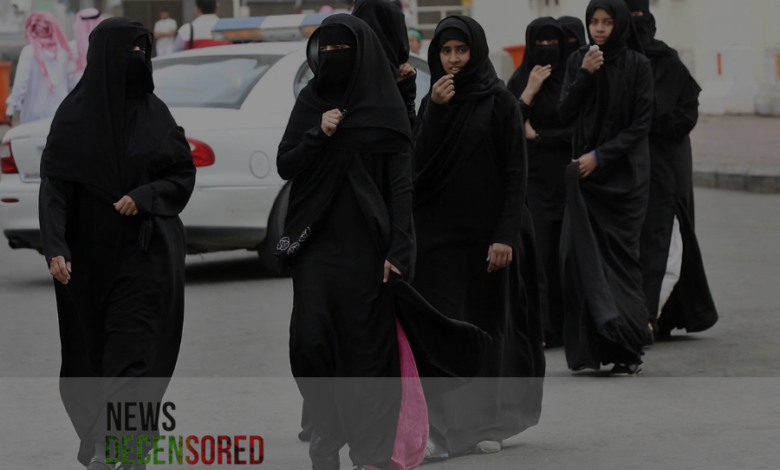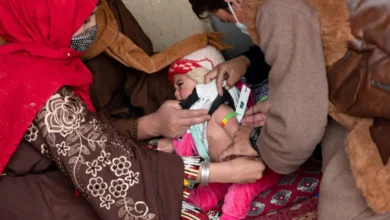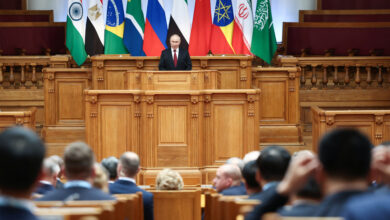What is an abaya, and why does it stir such controversy in France

An abaya is a traditionally worn long, loose cloak by some Muslim women to be modest. The color of the abaya is usually black, and it reaches the length of the wrists and ankles, which are put on top of everyday attire. The headscarf, termed hijab, is also used. The abaya is part of the appearance in Islamic culture, a style showing orderliness.
A focus of much of the controversy in France, Abaya hosts mainly strict secularist policies and laws regarding religious symbols in public places. The seeds of this turmoil date back to the times of “laïcité,” the French notion of a clear separation of the Church and the State, which has embedded secularism in its society. This thing, endowed with high value by the French, has become a cornerstone of a nation’s identity.
The controversy of the abaya in France is multifaceted:
Heavy regulation of any public display or wearing of religious symbols in public institutions, especially schools, is courtesy of France’s dedication to laïcité. This has been enhanced by the 2004 law that bans wearing “ostensible ” religious symbols in public schools, including items like the hijab, the Jewish kippah, and large Christian crosses. The abaya draws the delineation that allows it to be scrutinized because it’s considered a religious garment. Proponents of justifying the ban argue that in public spaces, it ensures neutrality and lives by republican secularism.
Some critics say that the motive behind banning the wear of abaya clothes is closely related to cultural assimilation in nature and not cultural integration. It denies the people their freedom and, more specifically, affects the law-abiding Muslim community. To an extent, the hot debate is usually about identity, whether it is about identity in France, belonging, or descent of minority communities. Still, others consider the ban as an attempt to cover the real intention: an effort to compel Muslims to adhere to a squeaky-clean definition of Frenchness from which their religious and cultural diversities are banned.
Another level of controversy concerns the meaning of the abaya in terms of gender and autonomy. Some feminist groups themselves endorse the ban and see the abaya as a symbol of oppressed femininity and patriarchal control. Indeed, they argue, it is the state’s responsibility to rescue young girls from the moral burden of wearing religious apparel. Alternatively, a good number of Muslim women have found it easy to debate, in conjunction with their political friends, that the ban in itself is paternalistic and constraining the dressing of women as per their beliefs and desires.
The broader political and social climate in France, with a rise in anti-immigrant and Islamophobic sentiment, plays a role in the abaya debate. Far-right political parties have often used such feelings as a platform, saying that the open visual presence of Islamic signs threatens French culture and security. Such political rhetoric usually inflames tensions and polarizes public opinion on the issue.
The abaya controversy in France thus epitomizes a complex play between secularity, cultural identity, politics of gender, and social integration. It testifies to the challenges that arise in finding the right balance between principles of individual freedom and collective values of the secular state. Suppose France keeps on grappling with these issues. In that case, the debate over the abaya, if at all it can do so, will serve as a laboratory for testing those broader struggles over religion and cultural diversity in public life.




